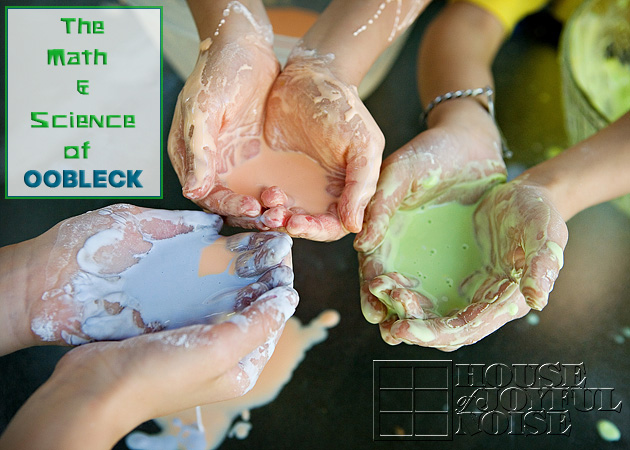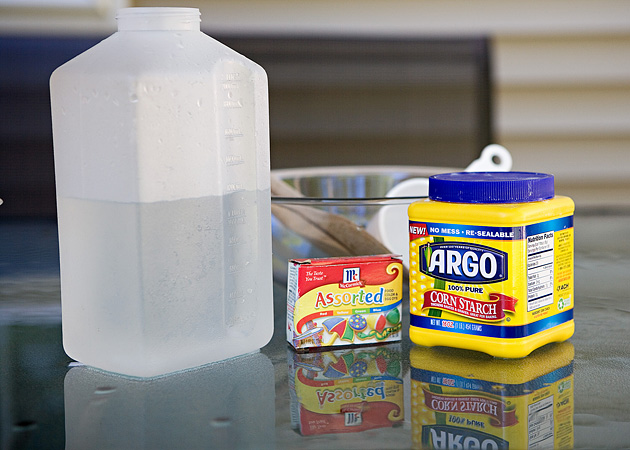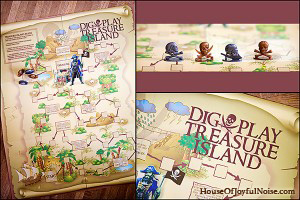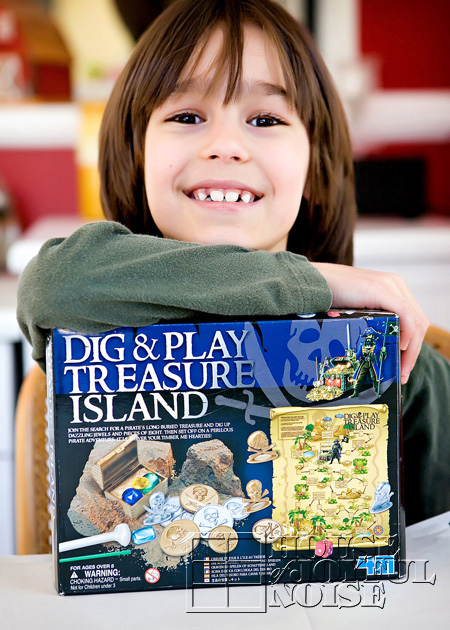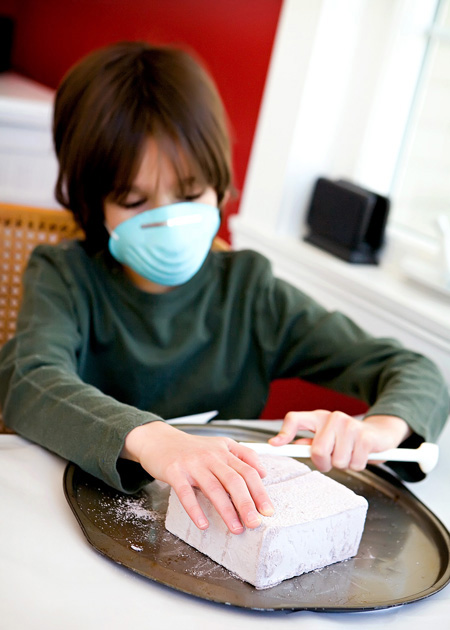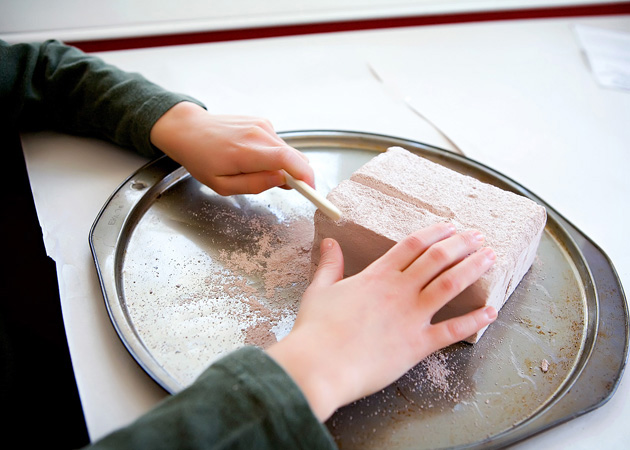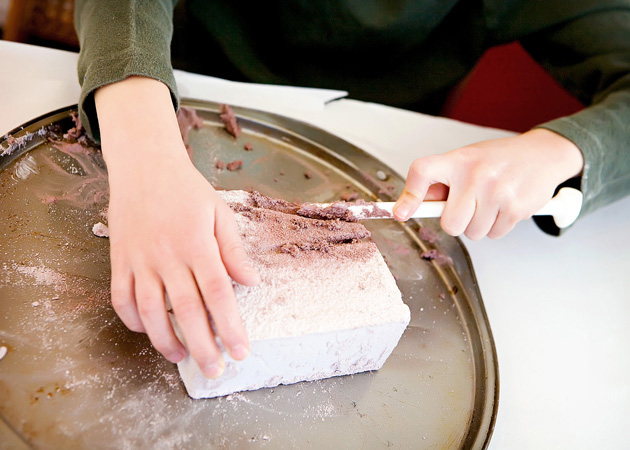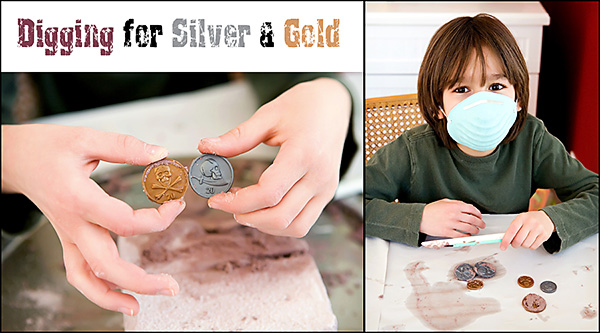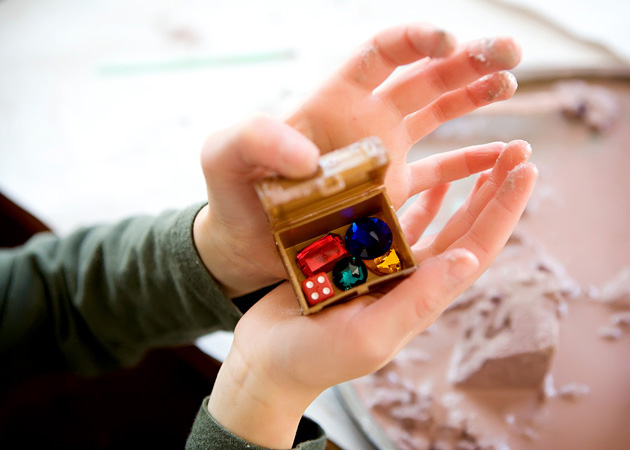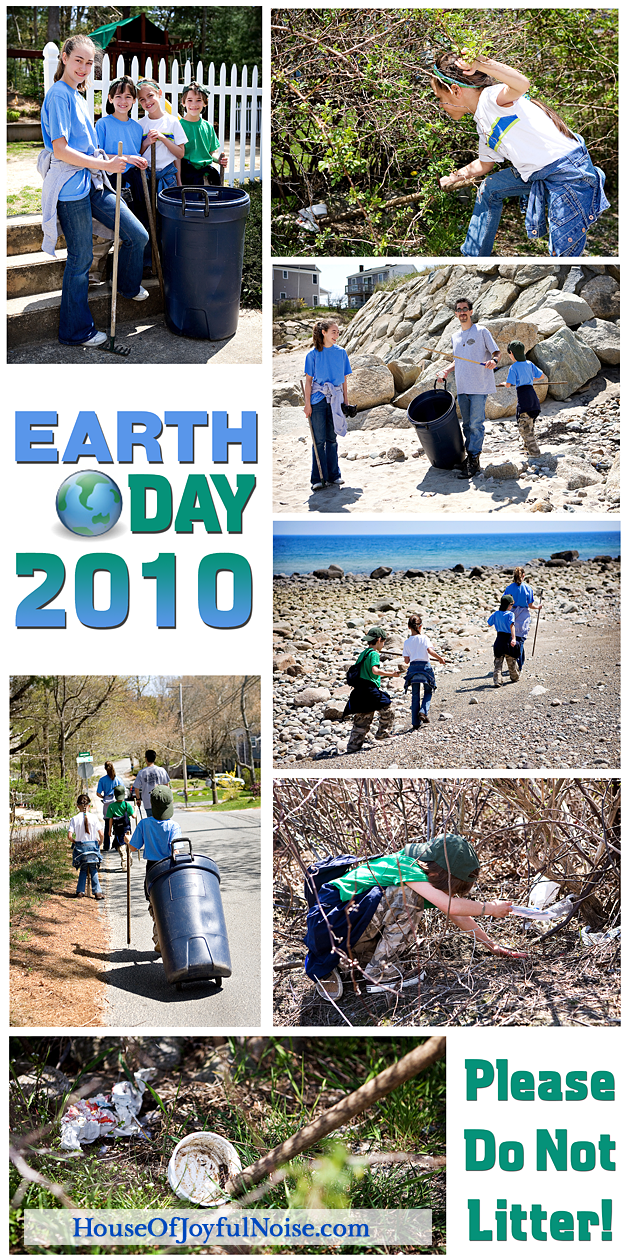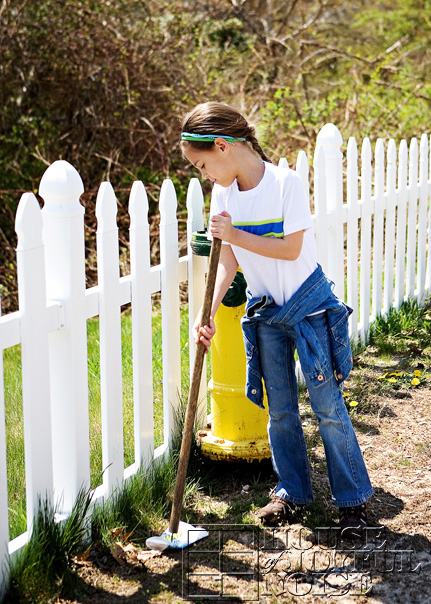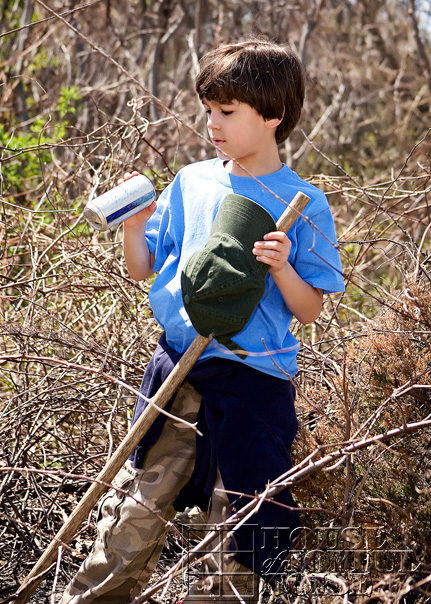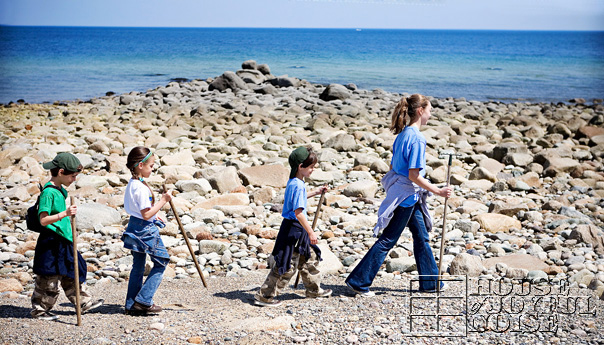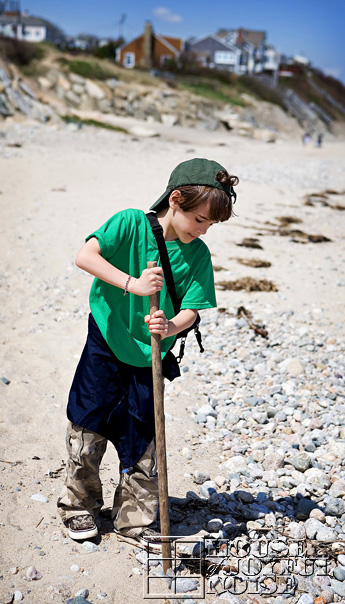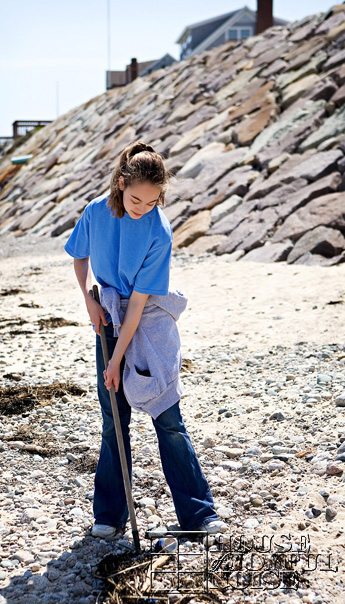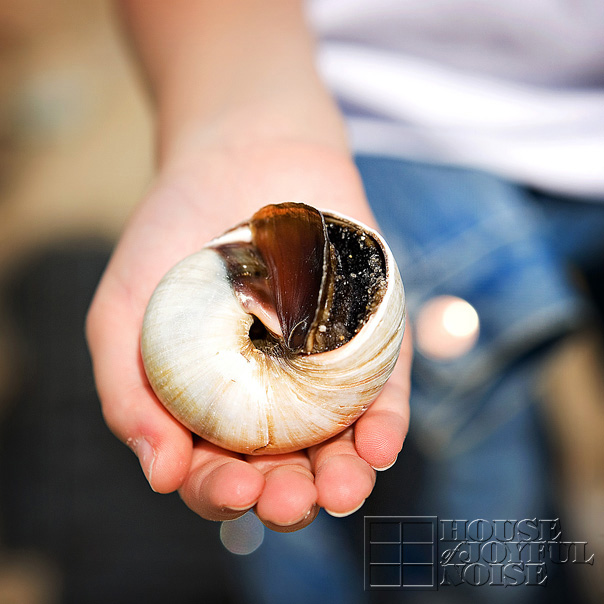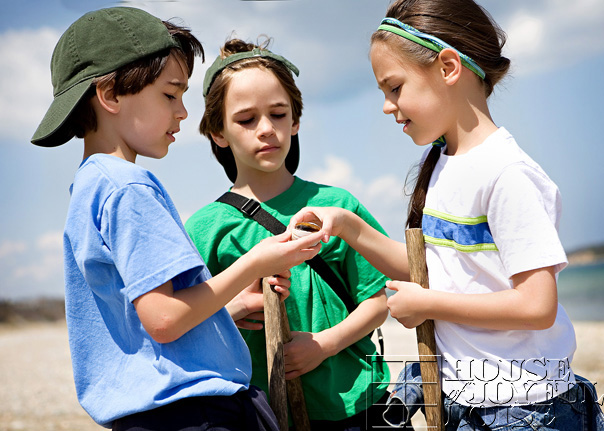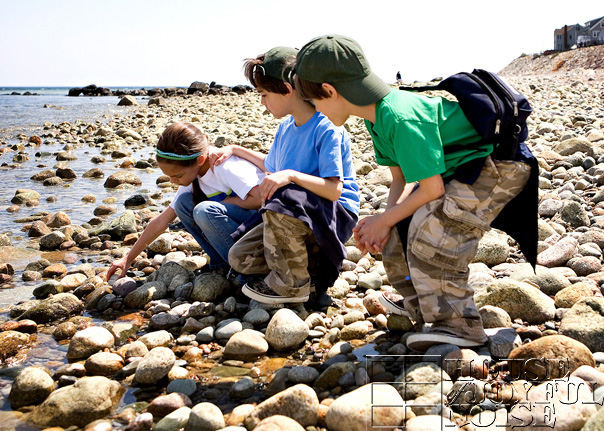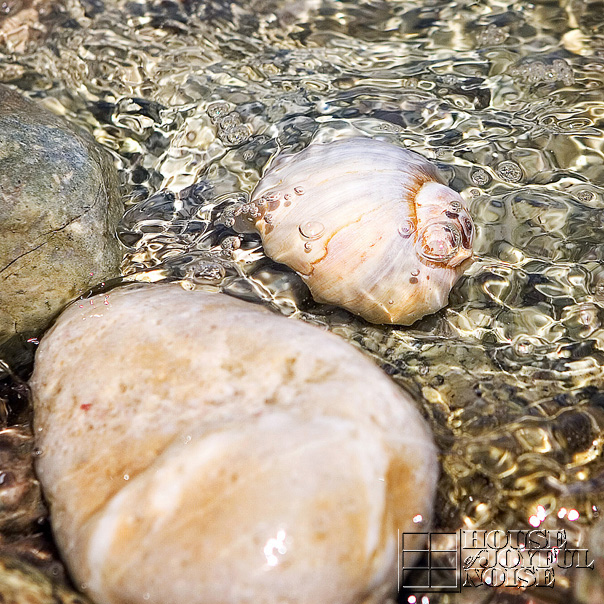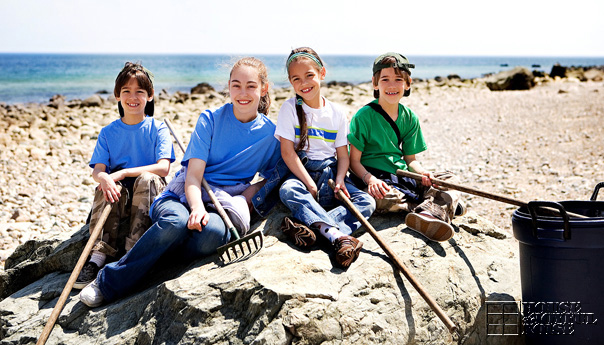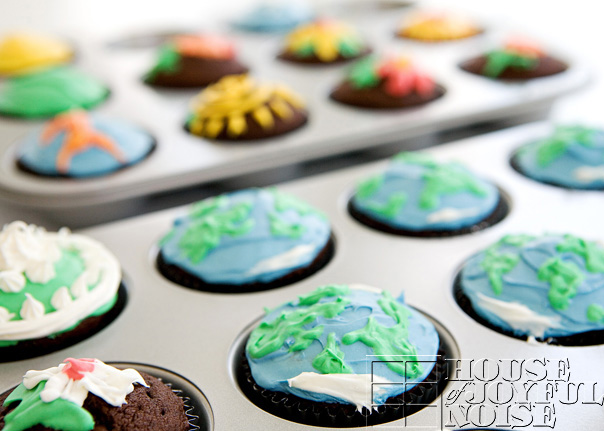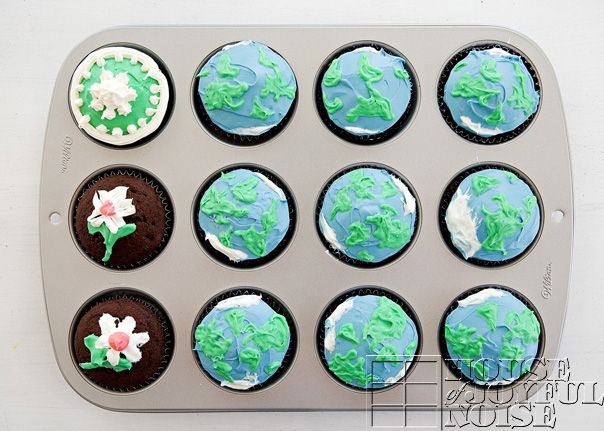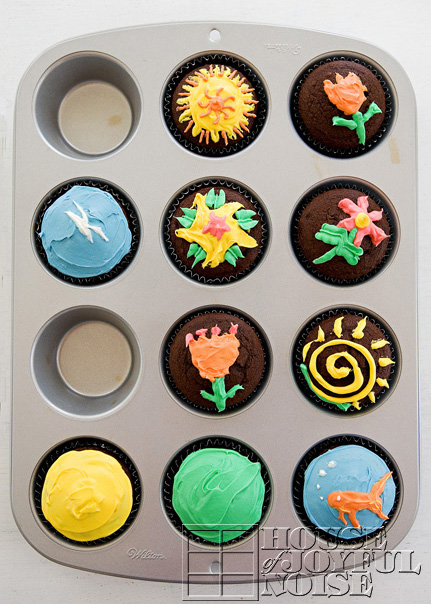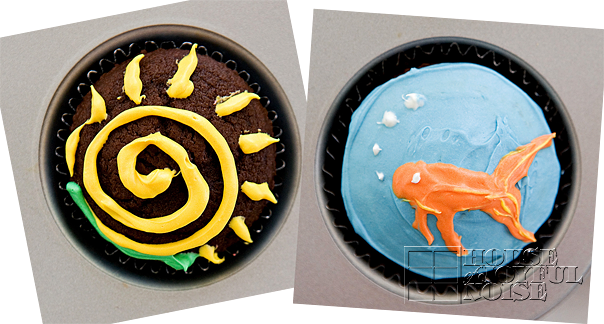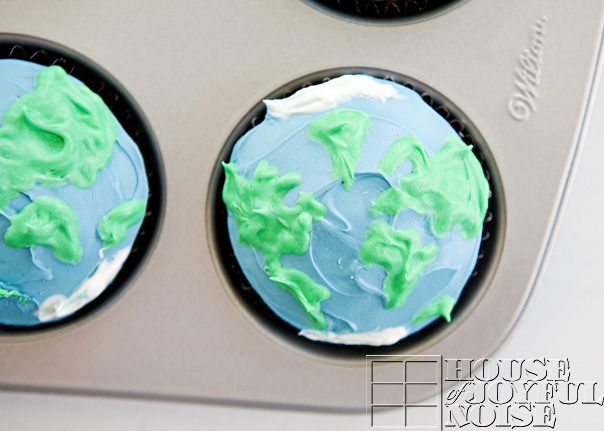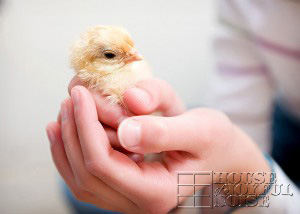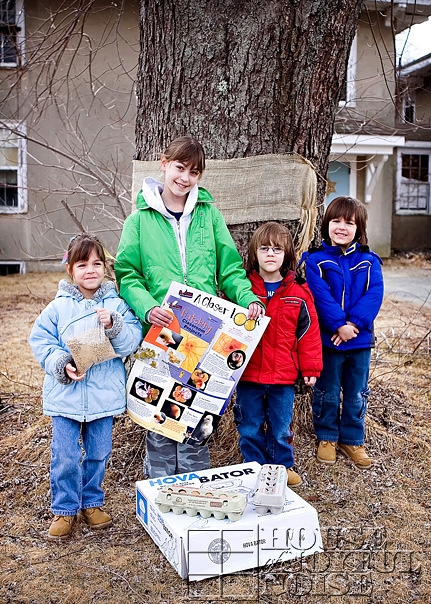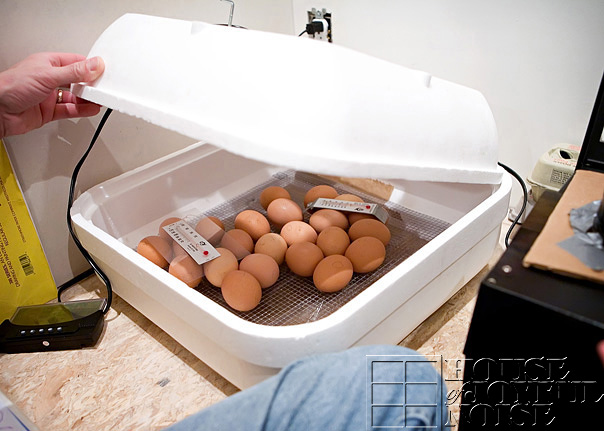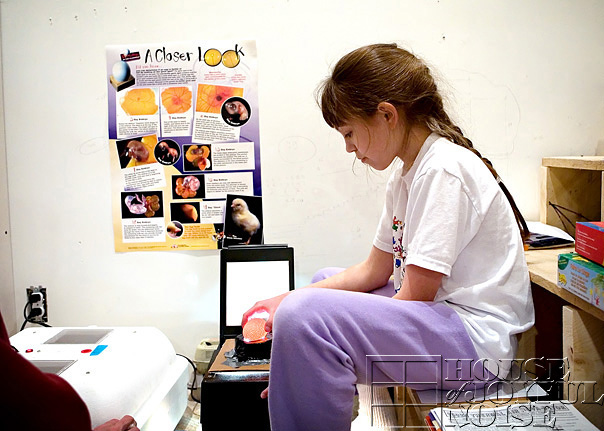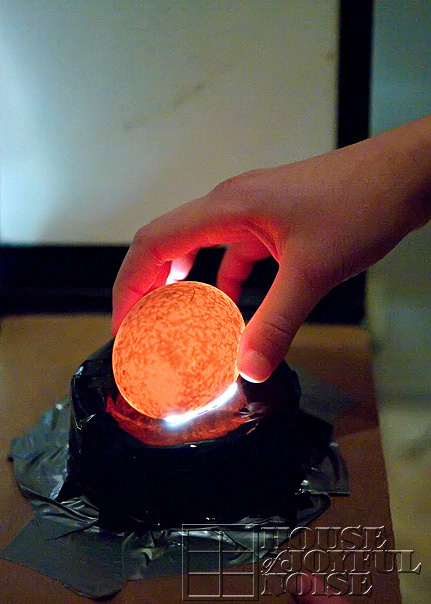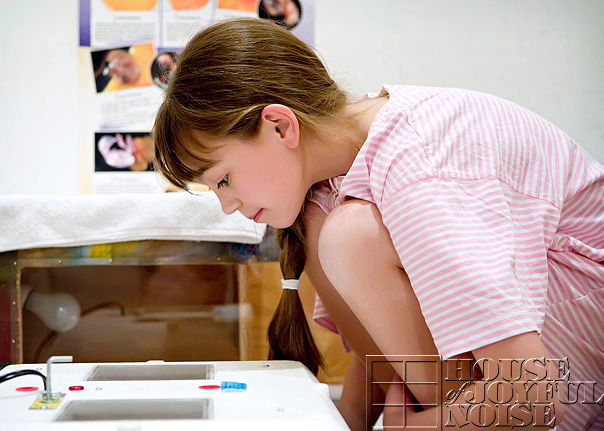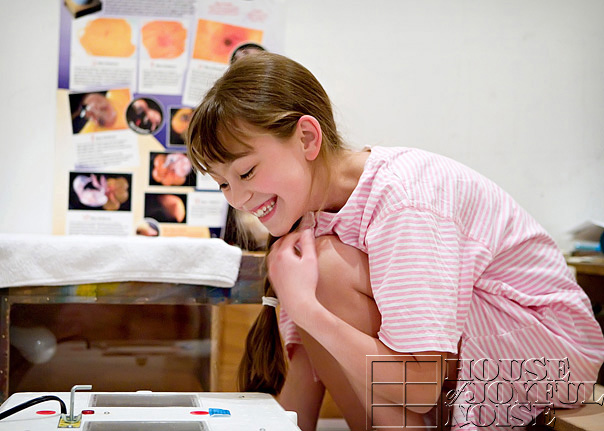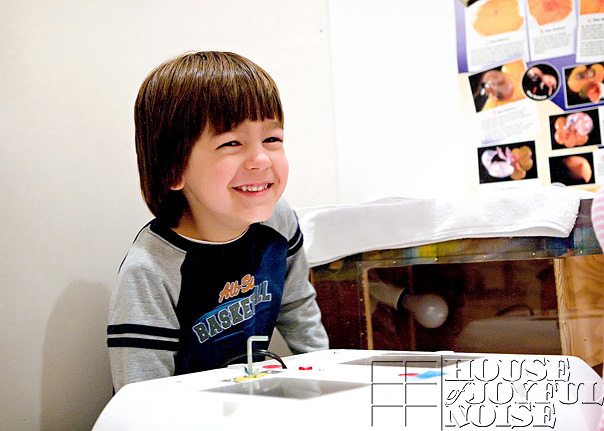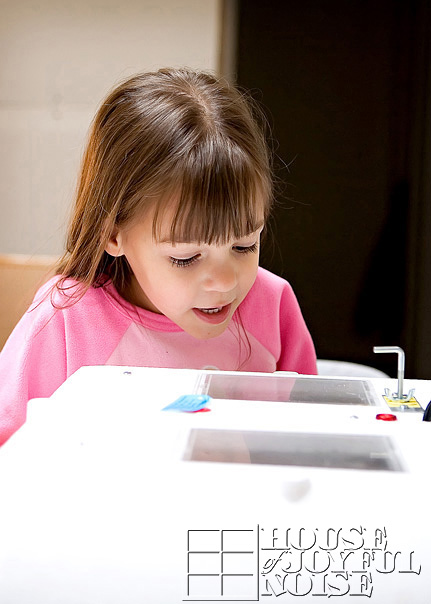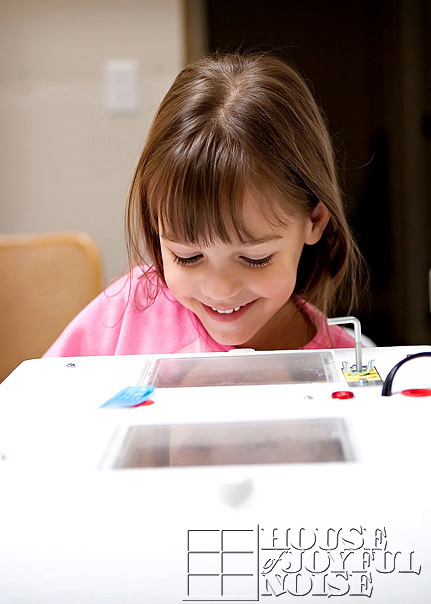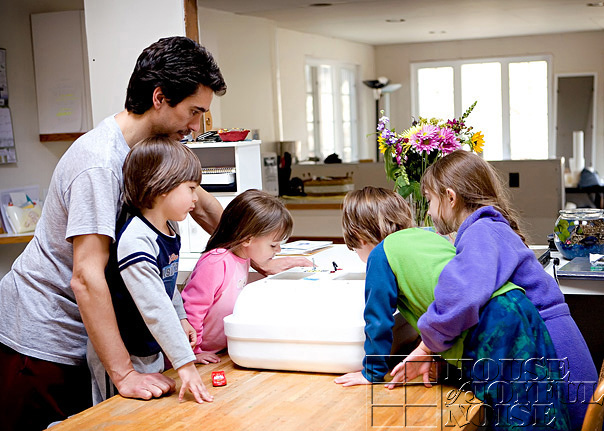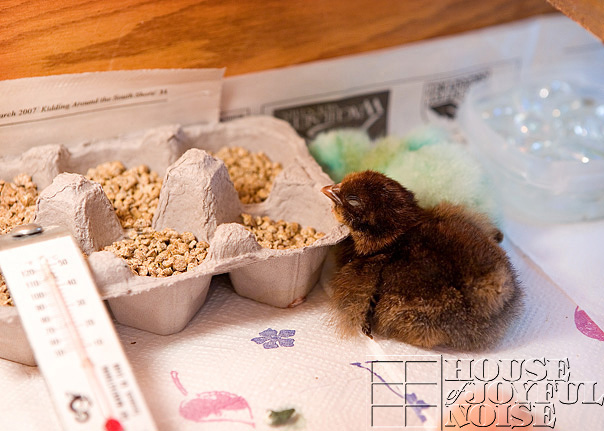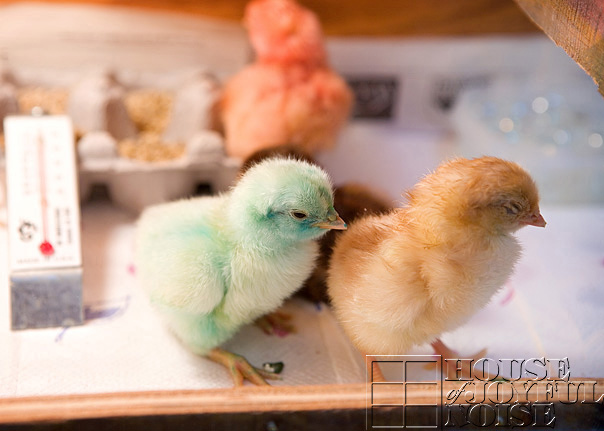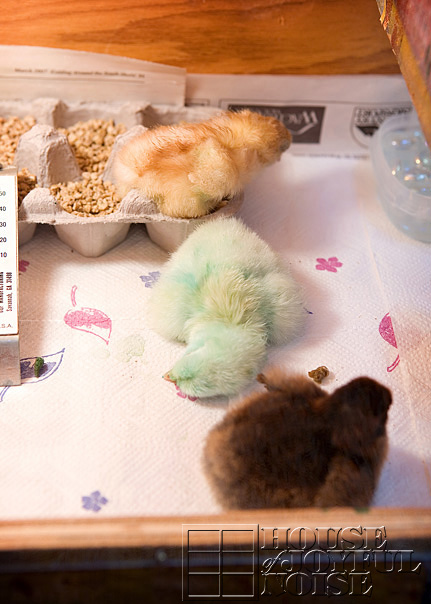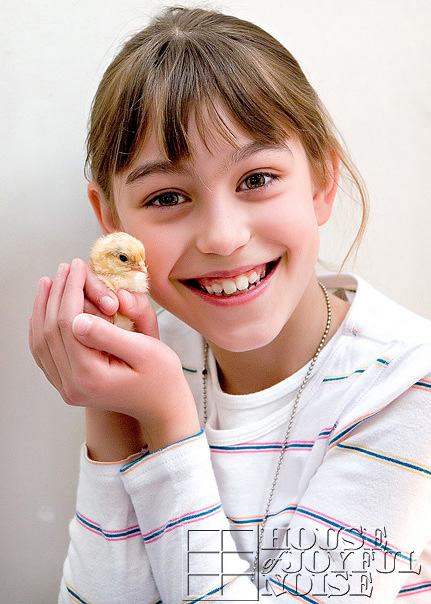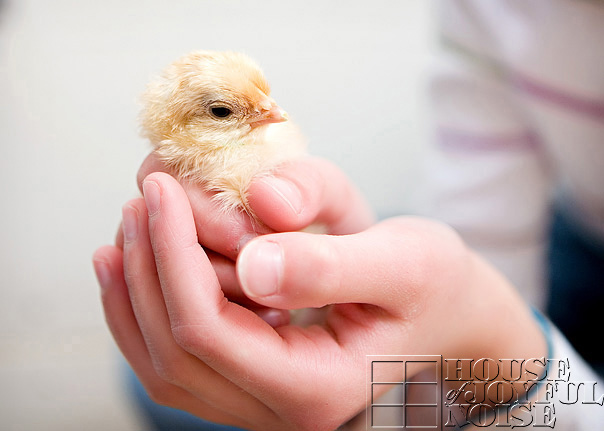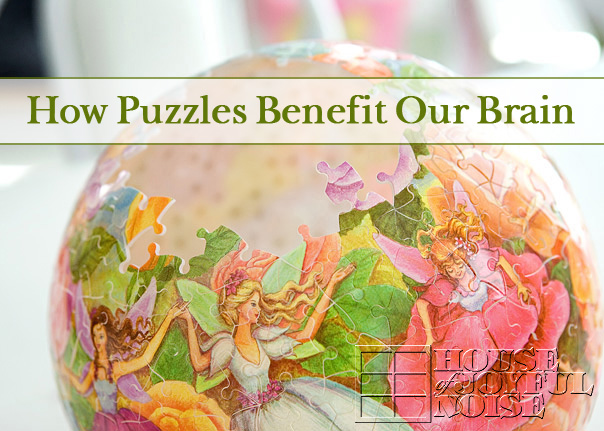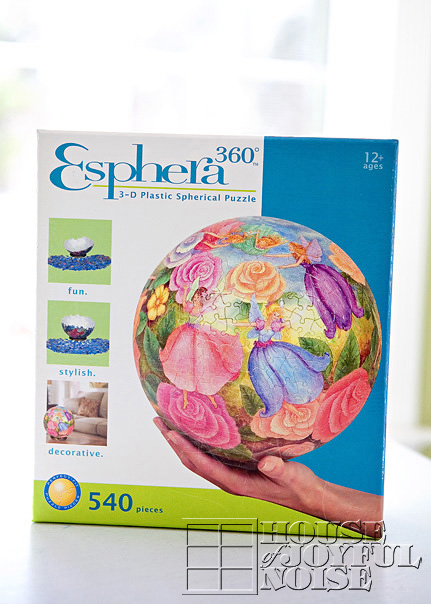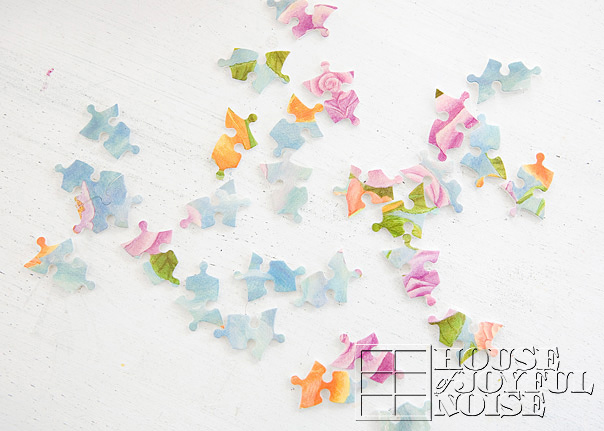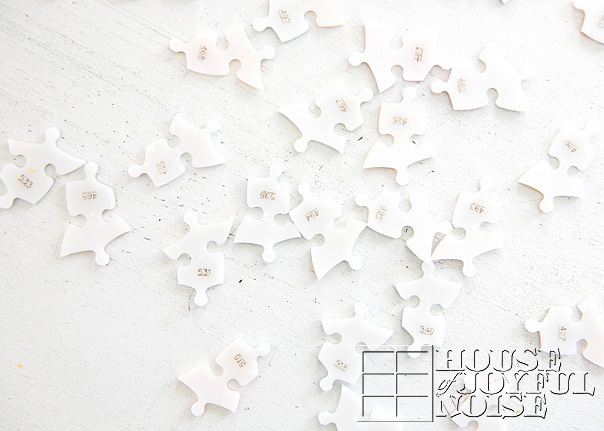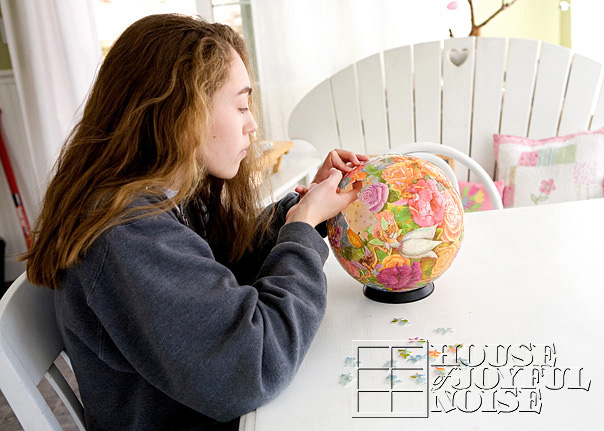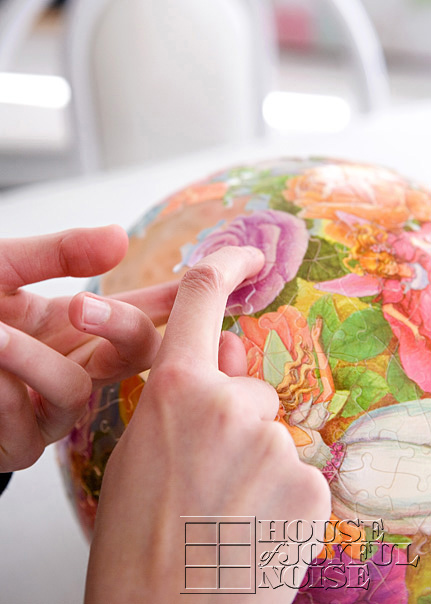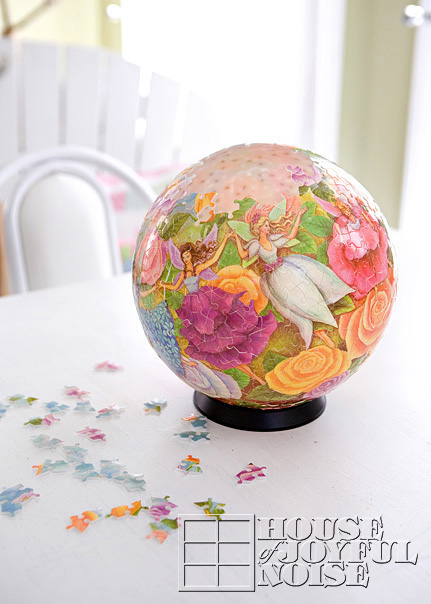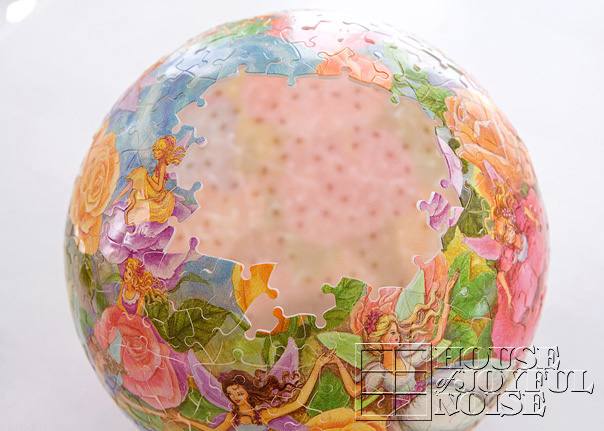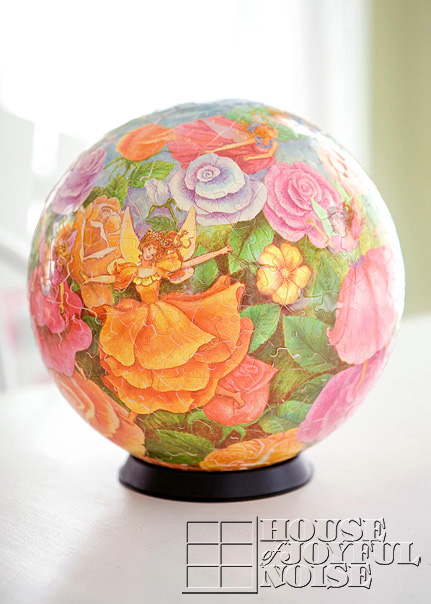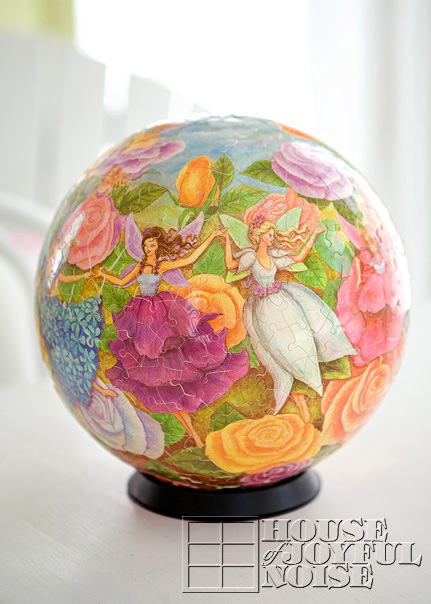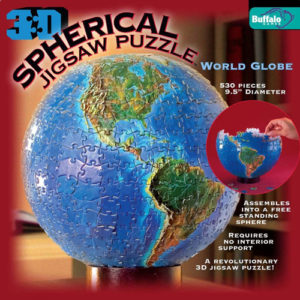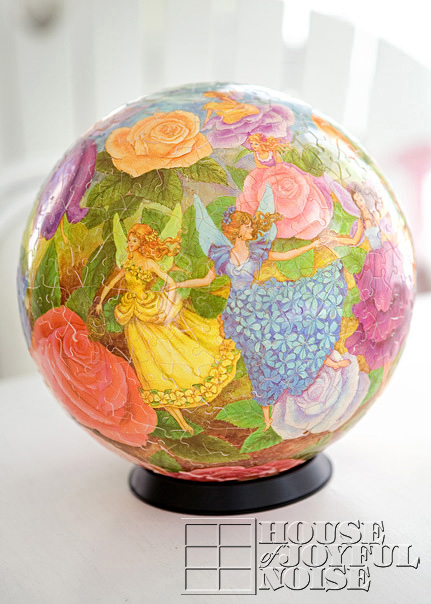It wouldn’t be surprising, if many of you have already heard of and made some ‘Oobleck’, with your kids. Some may know this crazy-fun concoction by another name. My sister says they call it ‘Goop’.
My kids have indeed made and played with Oobleck before. I first heard about it at least a few years ago, from my friend Maria, over at Very Blessed Mommy. It’s a downright fun little activity, that will keep your little ones happy and busy for quite awhile! It’s appropriate for ages 4-42 (at least ; )
We’ve made it several times since that first, but this time, we looked closer at the educational aspects of math and science, that come with this very intriguing activity! If we were going to keep playing with the stuff, it just seemed like a good idea to get a little more intellectual about it. So here we share the recipe for Oobleck, what we learned or reviewed, and as always, too many photos. (Thanks for understanding.)
Necessary ingredients: corn starch, water, food coloring, bowl(s), wooden spoon(s), and measuring cups.
The Recipe for one batch: 2 cups of corn starch, mixed with 1 cup of water. Then a few drops of food coloring.
Now, the recipe calls for 2 parts corn starch to 1 part water. So the recipe is adequate for two little kids to play with. But you could make 2 separate batches so they have their own bowl, whether you half the recipe for them or not.
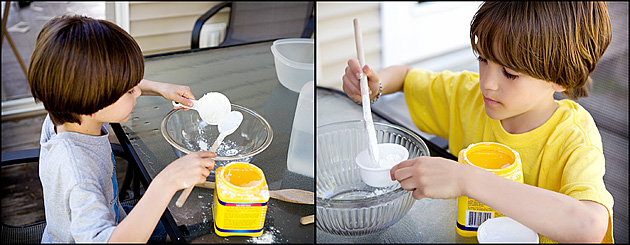
This day, we literally quartered the recipe for each kid that day, because we were running low on corn starch! But it still worked out alright. What’s great is, it was an opportunity for the kids to practice their measurement math.
Since the recipe calls for 2 cups, what is 1/4 of that? How about 1/4 of 1 cup?
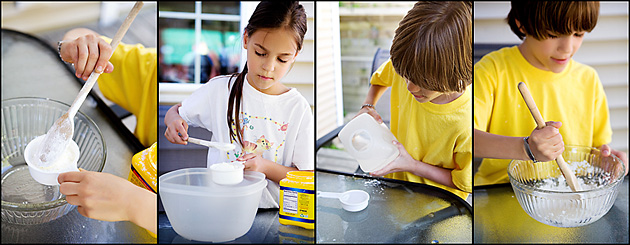
Not only is measuring ingredients a great exercise for their math skills, but it’s great for them to follow directions, and do it all themselves!
This is such a perfect summer time activity for kids of all ages. Mom can make a batch for little ones, just to play in. There is no need to worry about a mess outside! Everything washes very easily away, with water! I take the hose and just spray off the table and deck. Once the food coloring is mixed in, there is no worry about color staining either.
My kids had their play clothes on, so I let them put their own color drops in too.
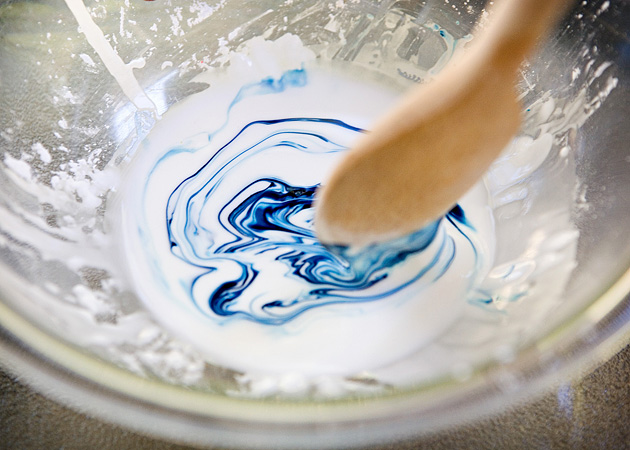
{JM} made his Oobleck blue.
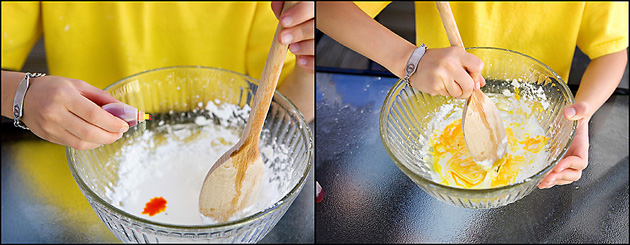
{S} wanted his yellow.
But {O} wanted hers orange. But there is no orange food coloring, right? Here was more opportunity to learn; reviewing color mixing of primary colors, to create secondary colors.
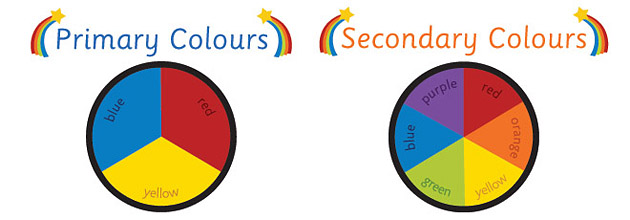
So I asked {O}……if the only colors we have, are red, green, blue and yellow, how can we make orange?
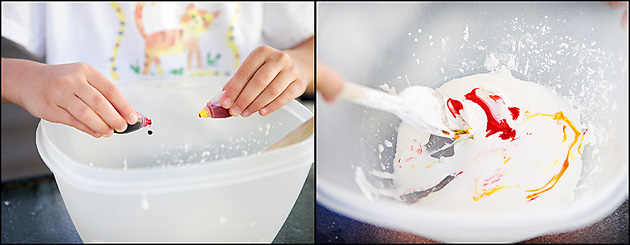
She knew, that red + yellow = orange.

Of course……using just a few drops, in relation to the amount of corn starch and water, we got a very light orange. Similar to peach or orange sherbet.
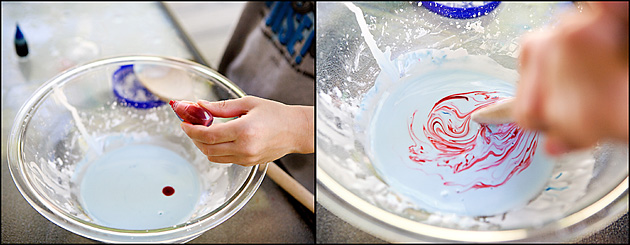
{JM} decided he wanted to try making his blue Oobleck, purple. So I asked him what color he would need to add to his blue, to make purple?
blue + red = purple

Again….in relation to the amounts of ingredients, we had lavender.
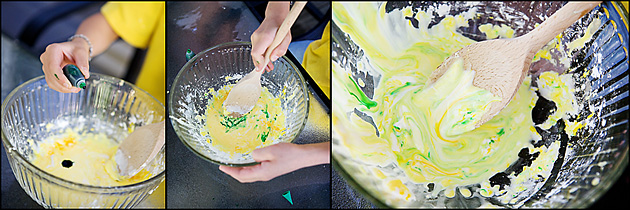
{S} wanted to change turn his yellow Oobleck, green. Well, he knew that yellow was already a primary color, but so was green. So what would happen if he put green in his yellow?
yellow + green = lime green.
But the most interesting thing about Oobleck, is the constant change in consistency, depending on it’s state. This is where we get into the scientific study.
On appearance, it seems to be a liquid form. If you run your fingers through it, it is still a liquidy form. But any act of compression, suddenly turns the liquidy state of substance, more solid. If you look at the photos below, in frame 1, {S} is just holding a puddle of it in his hands. But as soon as he starts to squeeze it, in frames 2-4 it turns to a more solid mass.
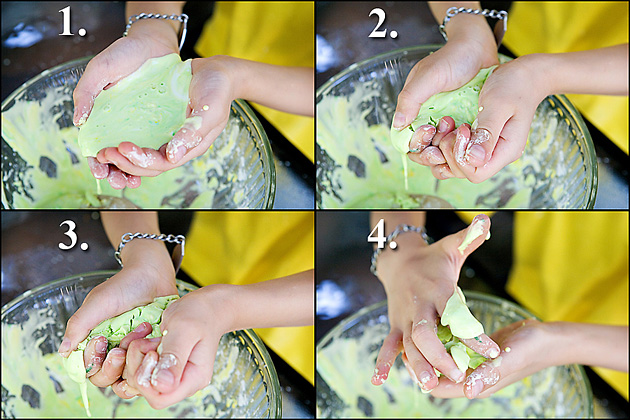
But left when the compression is relieved, it begins to return to it’s liquid state again.
It’s amazing, isn’t it?
Here is a more specific explanation, taken from this link, which also has different Oobleck activities, for different ages, if you’d like to check it out after.
Water and starch do something unusual when mixed together. The substance they form pours like a liquid, but when squeezed with your hands, becomes solid. When a substance acts like both a liquid and a solid, scientists call it a discrepant substance. Two things commonly cause this type of change—temperature and pressure. We will see that temperature has no effect on Oobleck and that its solid or liquid state is influenced only by pressure (or lack of pressure). Squeezing it in our hands turns Oobleck into a solid. But if we hold it without squeezing, it drips through like a liquid. You can roll Oobleck into a ball, but when the rolling stops, it will become a liquidy mess!
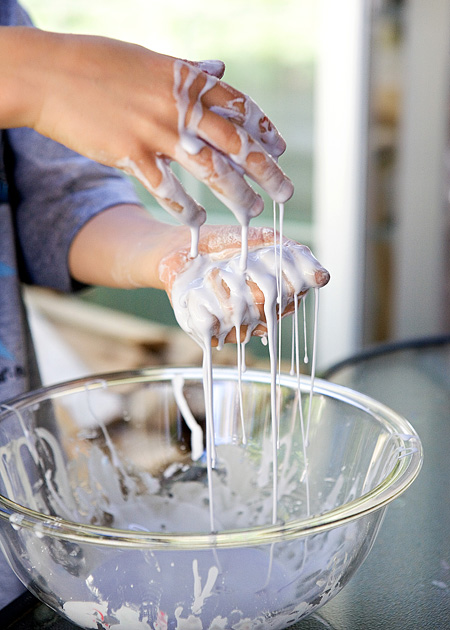
It really is a great deal of fun to play with! And I promise you it is not as impossibly messy as it looks. And trust me…it looks it! But it washes away with such ease, it’s enough to make any mother smile. A REALLY BIG GRIN!!
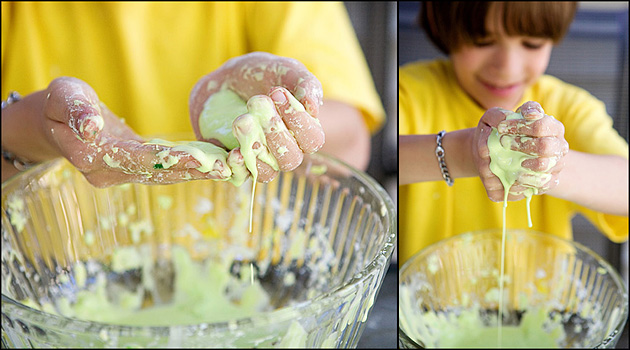
The thrill of it it does not wear off, any time soon.
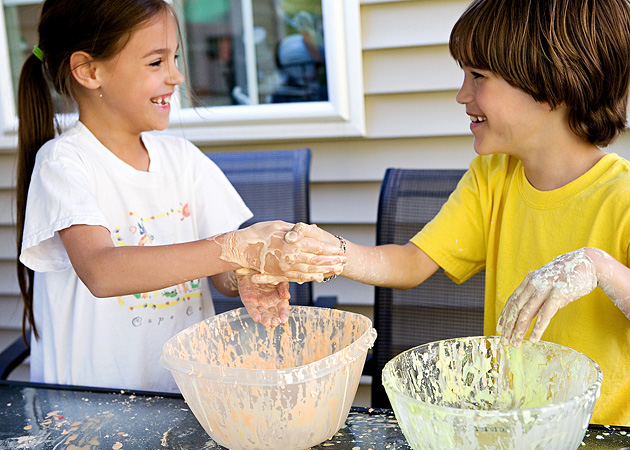
Oh, we never tried shaking hands before!! How do you do?? <giggles> <giggles>
And the fun goes on and on and…..
 …..on. AND on.
…..on. AND on.
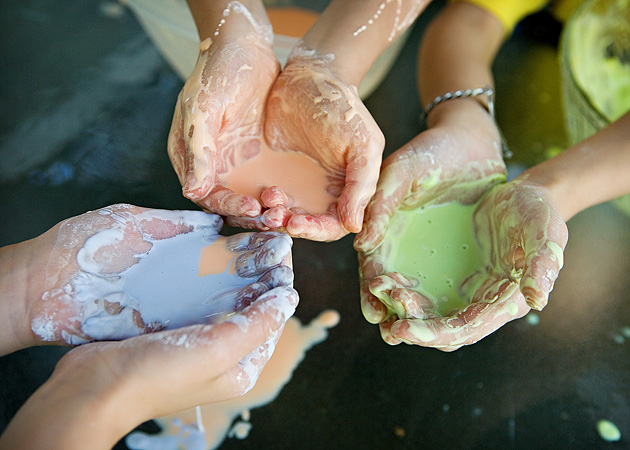 We hope you enjoyed this post. Have YOU made Oobleck before? Do you call it something else? Will you let your kids make some (again) soon? Oh and, can YOU play with them?
We hope you enjoyed this post. Have YOU made Oobleck before? Do you call it something else? Will you let your kids make some (again) soon? Oh and, can YOU play with them?
Yes you can. I sure do.

